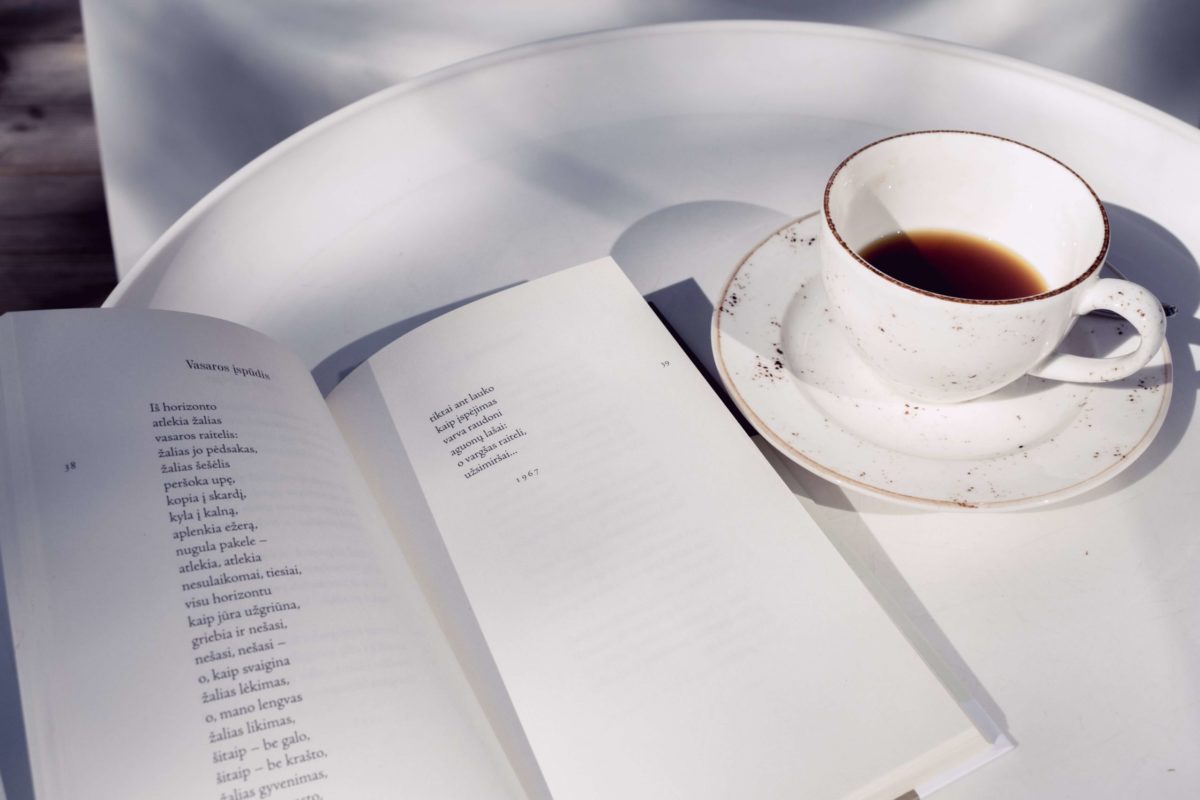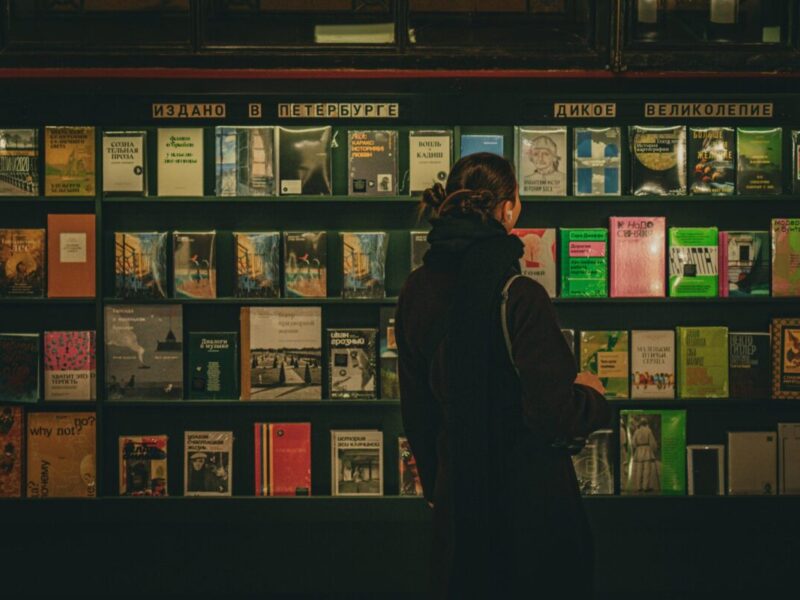Three Poetic Forms to Ignite Your Writing Process
If you’re struggling to approach poetry through a new, creative lens, turning to a newfound form might be just what you need. With their rules regarding rhyme, stanza lengths, and meter, forms push us past our comfort zones and toward more innovative language. Read on to learn the unique appeal of three of Read Poetry’s favorites.
1. The ghazal
The ghazal form originates from an Arabic tradition. Once exclusively a meditation on love or loss, the ghazal has since evolved to be about everything from hip-hop and body image to nature, but it still finds its roots in deep emotion. Originally sung, ghazals often carry a melodic, melancholy rhythm and tone.
To write a ghazal, focus on the refrain—what word or meaning will your poem continually reassert and reinvent? Written in couplets, the ghazal’s first two lines must end with this same word or a variation on it. From there, the refrain appears only as the last word in the second stanza of each proceeding couplet. In addition, each stanza typically incorporates internal rhyme.
For an example, look at “Miscegenation” by Pulitzer winner Natasha Trethewey.
“In 1965 my parents broke two laws of Mississippi; / they went to Ohio to marry, returned to Mississippi,” the poem begins. “They crossed the river into Cincinnati, / a city whose name / begins with a sound like sin, the sound of wrong—mis in Mississippi. / A year later they moved to Canada, followed a route the same / as slaves, the train slicing the white glaze of winter, leaving Mississippi.”
Think about why Trethewey chooses to repeat the word “Mississippi.” How does it build meaning?
2. The haibun
Popularized in the 17th century by famed Japanese poet Matsuo Basho, the haibun combines two beloved forms—the prose poem and the haiku—into a unique, hybrid construction. A haibun often recounts some type of journey or travel, whether physical or emotional, and creates a lush, detailed setting throughout one or multiple paragraphs in order to take the reader along. At the end of the prose poem comes a haiku: a three-lined poem where the first and third lines contain five syllables, with a seven-syllable line in between.
The prose poem and haiku communicate with each other, with the haiku often acting as a concise, evocative meditation on the prose poem’s longer description. Visually, the haibun looks somewhat like a flag, with the punctuating haiku resembling a thin staff that grows out of the prose.
Poet Maureen Thorson takes on this form in “Time Traveler’s Haibun: 1989,” making the journey back to her teenage years. See the interaction between prose and haiku, starting with the poem’s last long paragraph:
“Beyond the grassy space of girls is more grass, a quarter-mile loop of track, a church with a painfully white spire, a fence, and a neighborhood maybe a little less nice than yours, crammed between the school and busy Great Neck Road. The fence is of chain link, instead of wooden slats. That’s how you know about the niceness—that and the something hard, like a grain of sand, you feel in your mother’s voice, when she takes you to the school’s Spring Fling, where you win another goldfish. They always die, but you’re getting better. Now, it takes a while.”
“Loblillies shiver / In May heat. The world’s ending. / The world’s a mirage.”
What does the haiku add to the earlier text? How could you channel this effect in a haibun of your own?
3. The abecedarian
For those who loved acrostic poems in their younger years, abecedarians represent a more mature and challenging version of the same exercise. Starting with the letter A, each line of the poem begins with the next letter of the alphabet. This encourages poets to push past the limits of their vocabulary.
In “A Poem for S.,” Jessica Greenbaum exemplifies this wide range of word choice, writing:
“Because you used to leaf through the dictionary, / Casually, as someone might in a barber shop, and / Devotedly, as someone might in a sanctuary, / Each letter would still have your attention if not / For the responsibilities life has tightly fit, like / Gears around the cog of you, like so many petals / Hinged on a daisy. That’s why I’ll just use your / Initial.”
Do you want to try writing in even more forms? Check out Read Poetry’s article on the golden shovel, the duplex, and concrete poetry. Where will these varied forms take your work?




